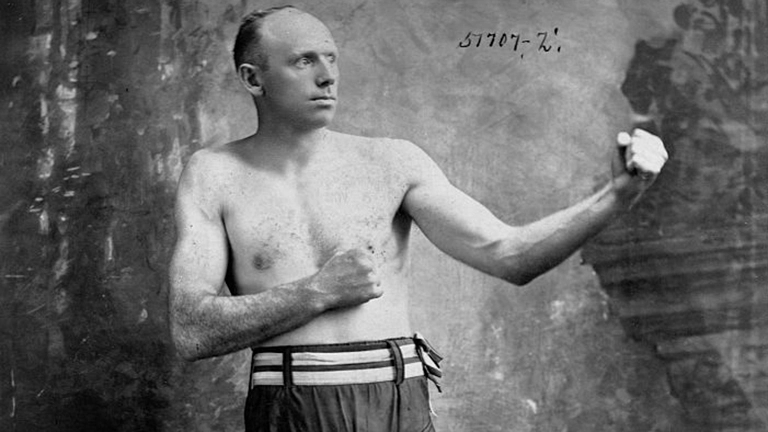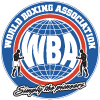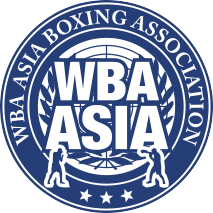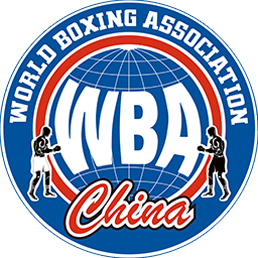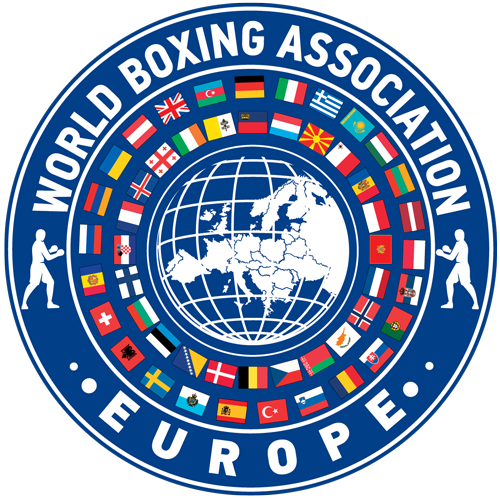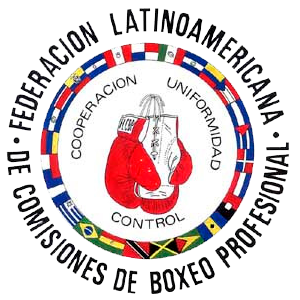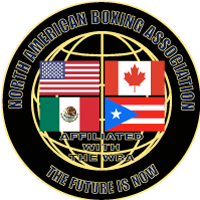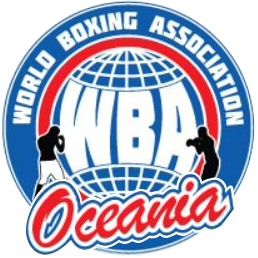There is no special reason for this article, except to remember the name and memory of one of the 100 best boxers in history, the Englishman Bob Fitzsimmons, a very distinguished guest of the Hall of Immortals in Canastota, New York and the first in the boxing history to be crowned world champion in three divisions, nowadays something irrelevant because it is almost routine, yet it was unthinkable when he achieved it in the late 19th century and early 20th century in the Middleweight, Light Heavyweight and Heavyweight divisions.
This brief article, written more than five years ago, is about the old and unforgettable event of that great boxer, and which we reproduce today with a touch-up here and a touch-up there. Keep reading:
“A cruel death delivered a knock-out blow to Bob Fitzsimmons in a Chicago hospital this morning. The ‘Big Referee’ called Bob to attend him in his corner, from which he never returned” (Enquire, of Buffalo, New York, Oct. 26, 1917).
In just those few words the aforementioned New York newspaper reported, 106 years ago, the death of our figure of today.
Let’s say, up front, that Fitzsimmons was New Zealand national amateur champion in the medium in 1880, with 4 knockouts in one night! He was crowned with the historic world recognition in the professional field in middleweight on 14/1/1891, in the heavyweight -he was the first middleweight to win the heavyweight title-on 17/3/1897, and in the Light Heavyweight on 25/11/1903.
Another remarkable fact in his brilliant career is that he was the lightest of all those who have dominated the Heavyweight category.
He won his first belt with a KOT13 over Jack Dempsey, aka “Nonpareil”, in New Orleans. This Dempsey has no link to the iconic Jack Dempsey who reigned at heavyweight in the 1920s.
Six years after his first crown, Fitz ( as the chroniclers abbreviated his surname), 34 years old, went up for the heavyweight title in Carson City, Nevada, against the champion James J. Corbett, “Gentleman Jim”, 3 years younger and defending for the 2nd time the title he had won over John L. Sullivan 7 years before.
The setting for this historic bout was chosen after many obstacles that were skillfully overcome by promoter Dan Stuart, since boxing was banned in all states of the United States.
The book “Boxing in the Cinema, 1984-1994”, by the Spaniard Pablo Mérida de San Román, refers that Stuart had to convince the state governors with the bait of increasing the regional economy. The boxers agreed to fight for a purse of $10,000 each, plus 15% for box office and cinema. The movie of the fight, which was staged on March 17, reached the big screen on 06/22/1897 at the New York Academy of Music.
Mérida points out that on this date the documentary “received a spectacular public outpouring. The images…thrilled the excited spectators…while a man narrated…For the first time, the public found itself before the figure of a sports commentator” (*).
The fight ended in victory for the 167-pound challenger, who knocked out the 200-pound Corbett with a hard right to the solar plexus in the 14th round. Then, on June 9, 1899, Fitzsimmons lost the belt in New York to the undefeated James J. Jeffries, winner by KOT 11. JJF weighed 219 pounds to BF’s 167, that is 52 pounds difference in favor of the eventual winner!
“More noise they make when they fall…”
One particular quality that his fans emphasized and celebrated about Fitzsimmons was that he feared no one in the ring. He used to express it with no undeniable arrogance with the phrase of the preceding title (“The bigger they are, the more noise they make when they fall” or, what is the same, “the more they hurt …”). He pronounced it repeatedly and provoked with it the noisy and approving laughter of his devoted proselytes.
He turned professional on the first day of January 1883 against Jim Crawford, whom he knocked out in 3 rounds and accumulated in Sydney, Australia, two setbacks, both by knockouts against Mick Doodley and Jim Hall, a little more than a dozen knockouts, 15 without decision and 6 on points, when he traveled to North America where boxing was in full and juicy boom both in popularity and economically. He made his debut in the United States on May 17, 1890 with a first round victory over Frank Allen in San Francisco, California. He then disposed of 32 opponents in a row, including the victory over Jack Nonpareil Dempsey that gave him the universal belt of 72.580 kilos, plus 3 on points and a null.
After an already long journey in the ring and with 5 knockouts and a 2nd loss to Jeffries in 8 rounds in Los Angeles on July 25, 1902, the indefatigable Fitzsimmons won his third title, an indelible achievement, as we indicated, by a decision in 20 against George Gardner in November 1903 with the semi-complete title at stake.
A year later, Philadelphia Jack O’Brien and Fitz ended a no decision title fight on July 23, 1904 and O’Brien knocked him out in 13 rounds on December 20 of the following year to win the Middleweight.
A KO in 2 rounds suffered against the legendary Jack Johnson, the first black Heavyweight champion, on July 17, 1907, a victory over Jim Paul and a KO at the hands of Bill Lang in 1909 in Australia – with 2 no decisions on his return to the United States – convinced him that the road was over.
Upon leaving boxing Fitzsimmons, to whom some publications credit a record of 48-8-0, 39 knockouts, had, unofficially and according to other media, 61 wins with 57 knockouts, 8 losses (7 by KO) and 4 draws. Eight of his fights were world championship fights, with a balance of 4 wins, 3 of them by KO, 3 defeats by the same way and one no decision.
He was part, as it is to be expected from his brilliant record, of the first group elevated to the World Boxing Hall of Fame, in 1954.
As is evident from the above, Fitz was an exceptional fighter. He was born Robert James Fitzsimmons in Helston, Cornwall, United Kingdom, on May 25, 1863, and died at the age of 54 in Michael Reese Hospital in Chicago, Illinois, overcome by pneumonia. Just three years earlier, on February 20, 1914, he had hung up his gloves after just over 3 decades in the pros and just under five years in the amateurs. He went down with a no decision in 6 to Jersey Bellew in Pennsylvania on February 20, 1914.


